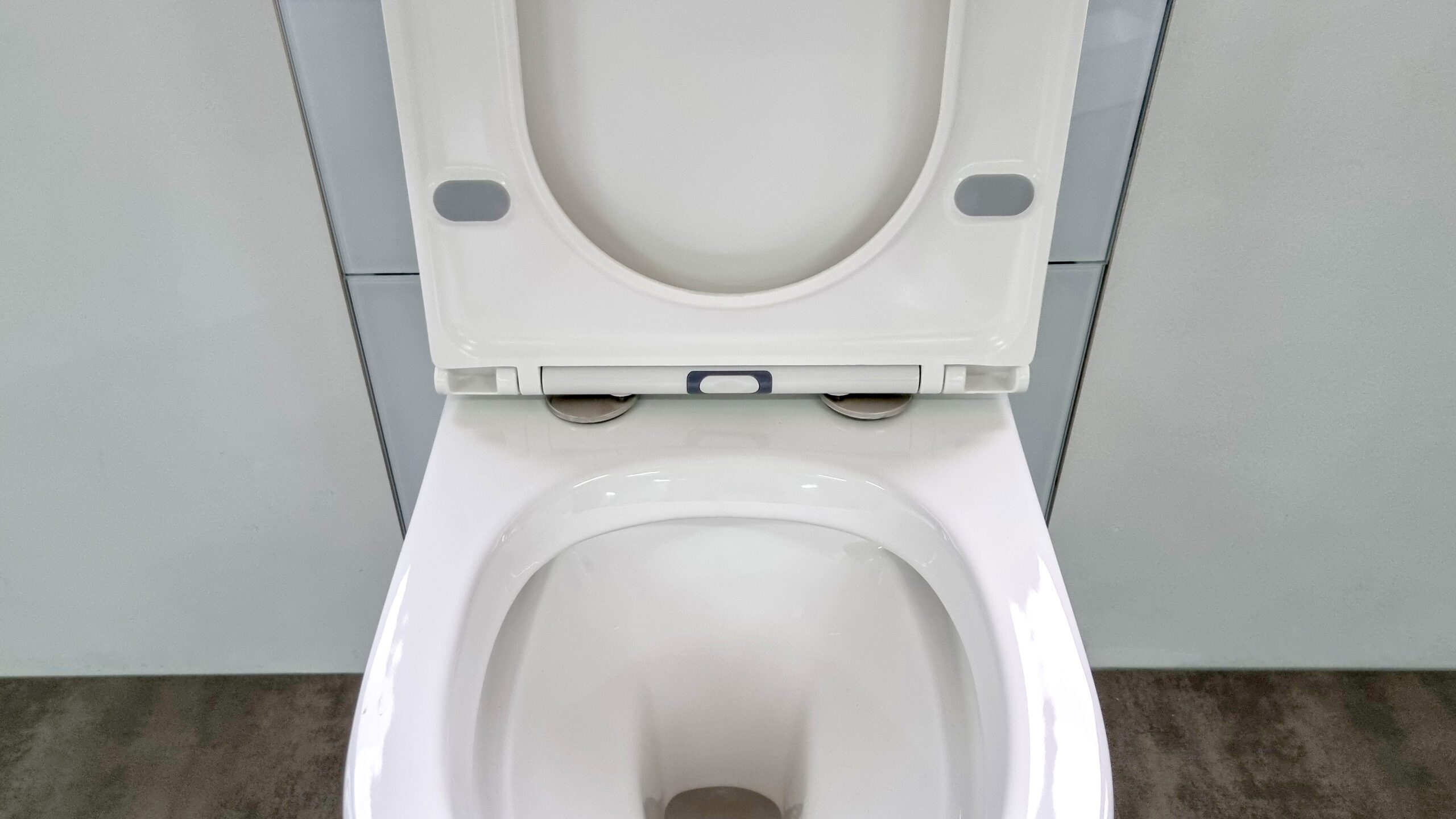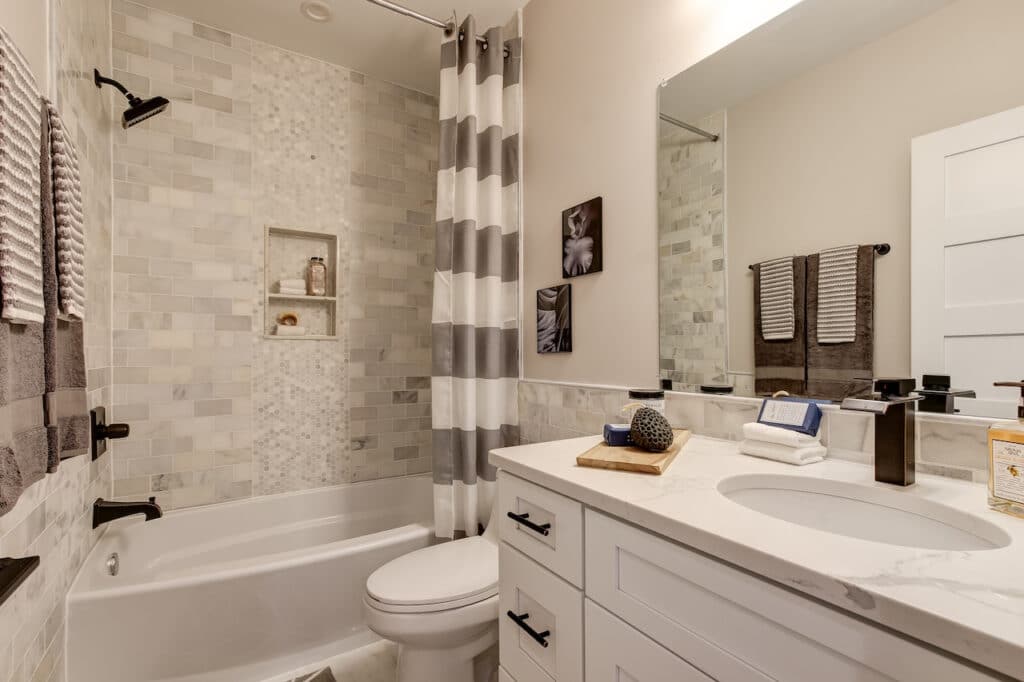
How to Flush Automatic Toilet Fast and Efficiently?
Share
In the world we live in today, where technology continuously shapes our daily experiences, understanding how to flush an automatic toilet efficiently stands as a testimony to adapting to automated solutions. Especially for tech professionals and enthusiasts, the ability to interface with these modern marvels can be as intriguing as it is practical. This article will delve into the mechanics and the technical wonders behind these fixtures, unveiling techniques to ensure they function optimally in every setting.

The Evolution of the Automatic Toilet
Technology met hygiene in a groundbreaking way when the concept of an automatic toilet came into existence. It started with simple mechanisms aimed at public restrooms and gradually evolved, integrating sensors, IoT concepts, and smart analytics. For tech enthusiasts, there is an innate excitement in seeing how simple infrared sensors have revolutionized one of the most mundane tasks. A deeper insight into the circuitry and sensor dynamics provides a robust understanding of how it all works. While these current designs embody futuristic appeal, issues do arise, leading us to explore efficient ways to ensure they function seamlessly.
Understanding the Mechanics: Sensor Systems and Flush Algorithms
How do automatic toilets detect the need to flush? At the heart of their functionality lies the sensor system, predominantly relying on infrared or ultrasonic technology. These sensors detect occupancy and usage. Upon recognizing a trigger, they communicate with mini-computers that run flush algorithms, ensuring water is dispensed efficiently. For the tech-savvy, the thrill lies in the integration of these sensors with smart home systems, allowing overhauls in toilet operation from apps such as configuring flush duration, volume, and even analytics on usage patterns.
For more insights on optimizing toilet mechanisms, read how IoT technologies maximize effectiveness in toilet dynamics by checking this flush better guide.
Troubleshooting: When Things Don't Go as Planned
While the sophisticated mechanisms behind automatic flush toilets aim for convenience, problems may arise. The most common issue? The toilet not flushing as intended. This could be due to sensor issues or weak valve pressure. For tech-inclined users, understanding circuitry, verifying sensor functionality, and ensuring power connectivity goes a long way in resolving these. If you're seeking a comprehensive breakdown on identifying such issues, read more about solutions to toilets that won't flush here.
Maintaining Efficiency: Best Practices
Maintaining an automatic toilet is vastly different from its manual counterparts. Regular calibration of its sensors, ensuring firmware updates if integrated with smart systems, and periodic cleaning of sensors improve performance. It's akin to maintaining any tech equipment: the better you handle it, the longer it serves efficiently. For those interested in further insights, check this blog for integrated bathroom solutions.
Cross-Integration: Smart Home Connectivity
One of the modern marvels of technology is the ability to integrate devices for seamless home automation. For tech enthusiasts, connecting an automatic toilet to a smart home ecosystem, perhaps using platforms like HomeKit or Google Home, offers yet another layer of convenience and fascination. Tech professionals relish the ability to program flushing patterns or use data analytics of toilet usage remotely.
For an enhanced understanding of using unconventional methods to flush when traditional methods fail, visit our article on flushing without a handle here.

Frequently Asked Questions
What makes automatic toilets different from traditional ones?
Automatic toilets rely on sensors to detect usage and flush accordingly, reducing manual efforts and enhancing hygiene.
Can automatic toilets be retrofitted in older homes?
Absolutely! Many manufacturers offer solutions to retrofit existing toilets with automatic sensors, making it feasible for most homes.
What happens if multiple flushes occur due to sensor issues?
This can lead to wastage and should be fixed immediately. Often, recalibrating the sensor or inspecting for obstructions resolves the issue. For additional advice, visit our troubleshooting blog post here.
